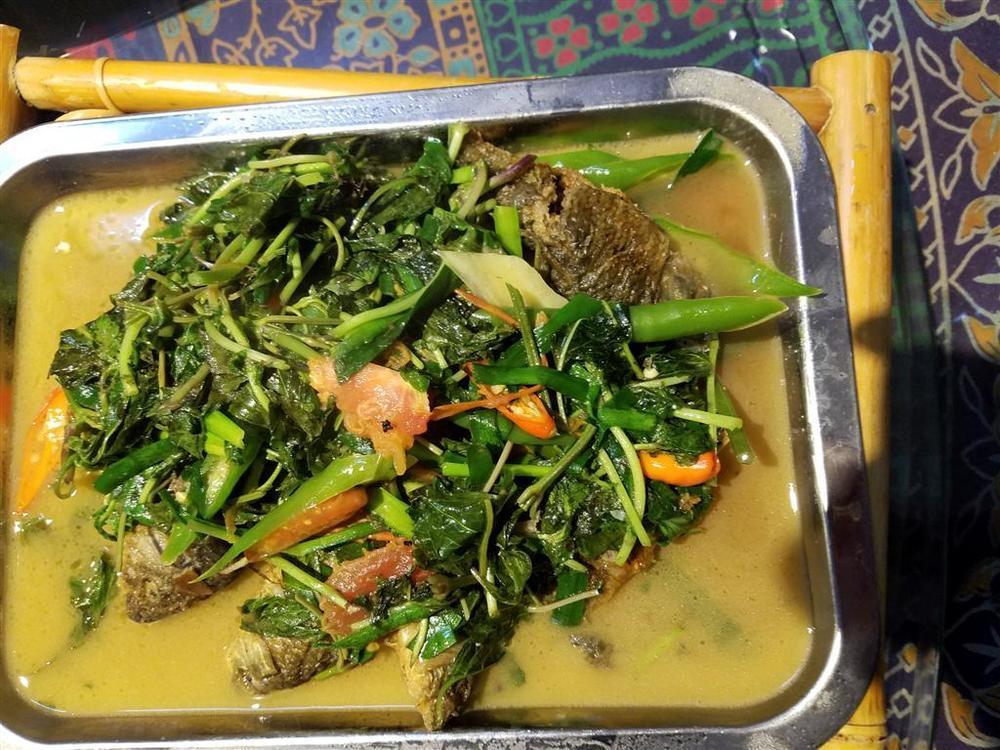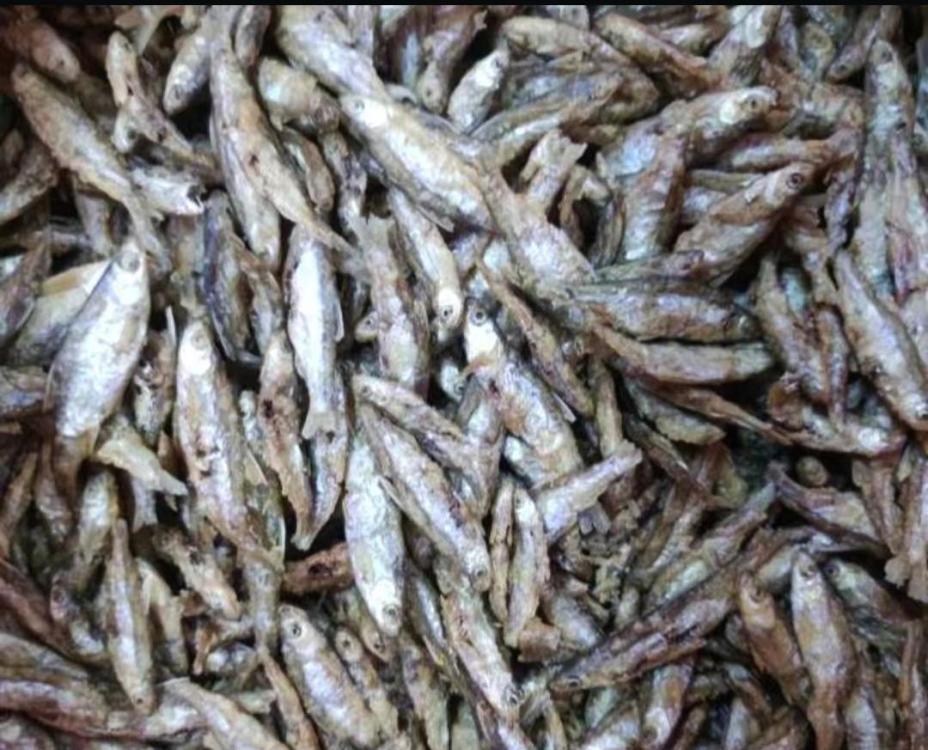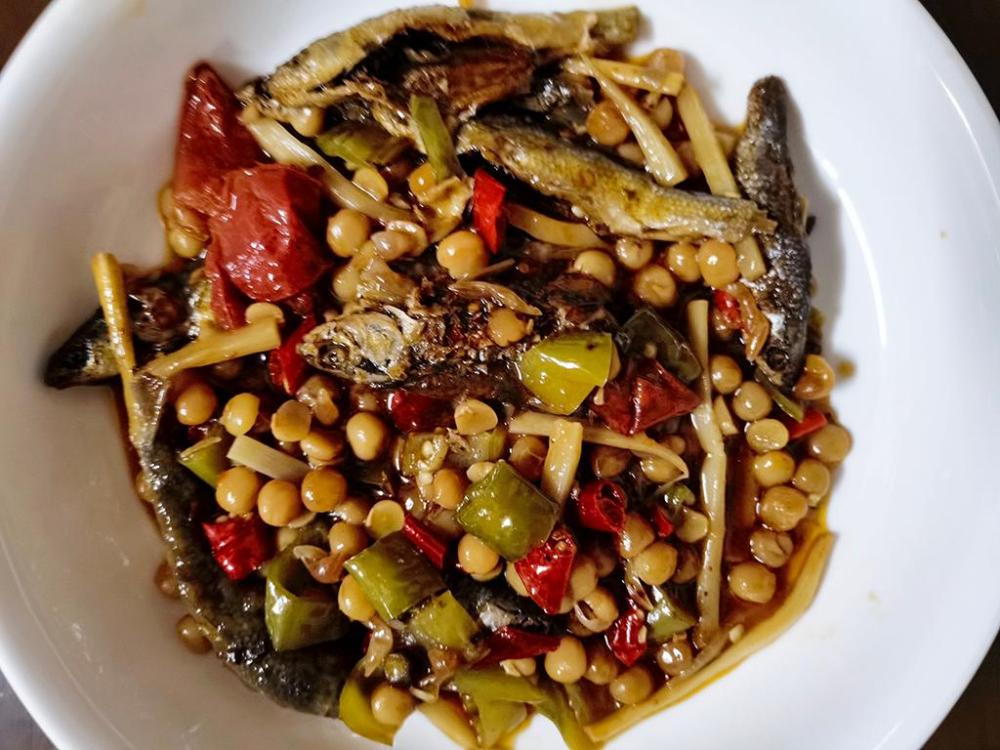4. 黄豆酸笋闷鱼仔
Another gift from the rice paddies is this anonymous species. I’ve only ever seen them referred to as 小鱼 (xiǎo yú) meaning ‘small fish’ or 鱼仔 (yú zǐ) meaning ‘baby fish’. I guess the subsistence farmers' pescatarian Latin terminology isn't up to par! Very occasionally, these names may be prefixed by 田 (tián), an abbreviation of 水田 (shuǐ tián). literally 'water field', meaning rice paddy.
I tend to survive by calling the fish ‘minnows’, another non-specific species which forms shoals in fresh water. Despite their individual limited size, these Chinese fish are an important economic and gastronomic asset to the rice growers.
This dish I am about to describe is common among the Zhuang and other ethnic minority peasantry throughout Guangxi. I’ve eaten it in Miao villages as well as in Dong stockades. I’ve eaten it at home. As recently as last night!
As a dish 黄豆酸笋闷鱼仔 (huáng dòu suān sǔn mēn yú zǐ), Yellow Bean Pickled Bamboo Braised Fish is a true reflection of the local food culture, using only what can be found to hand. The fish from the paddies is braised with yellow soy beans grown by the same farmers and bamboo shoots pickled by the same farmers. Add some garlic, ginger, chilli and a little tomato grown by the same farmers and you are good to go. What fish you can't immediately eat can be dried. Dried or fresh, the fish are consumed whole - guts, bones and all.
The dried fish are also sold in the local supermarkets, farmers' markets and by itinerant street vendors.
One of my favourite top three local dishes.
But this is not the only treatment for these fish. Here is another dish I ate in a Miao village north of Liuzhou city. The same rice paddy fish, deep fried in camellia tree seed oil with wild mountain herbs. These fish seemed to be slightly more mature specimens.

But we always return to the favourite. Here is a Dong version, eaten on a tea plantation in the heart of Dong territory.





